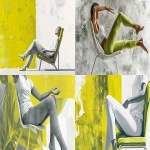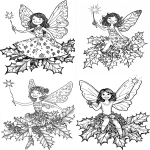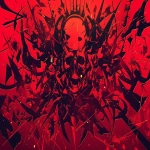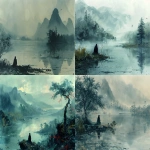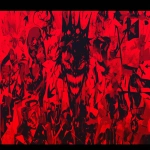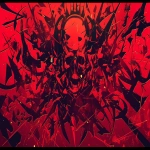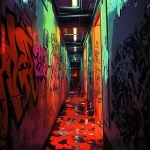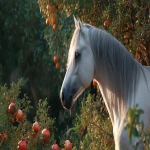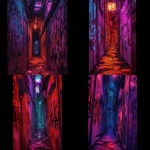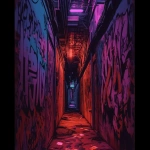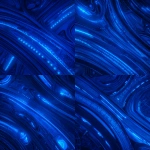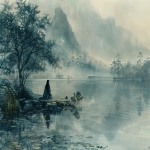Explore the Best AI Image Gallery
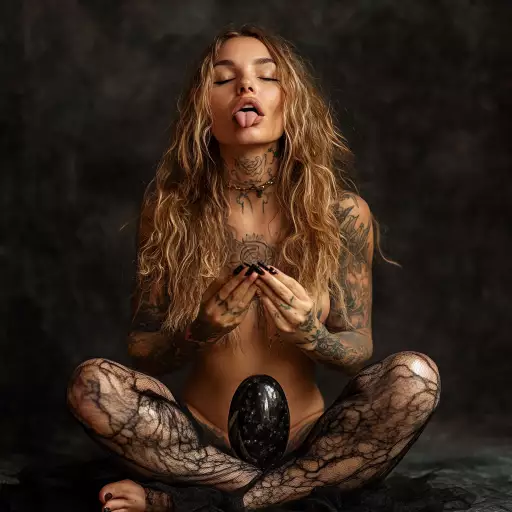
Painting with Pixels: AI-Generated Images and the Future of Art
The art world is on the cusp of a revolution. No longer confined to brushes and canvases, creativity is being redefined by the power of artificial intelligence (AI). AI-generated images, once a futuristic concept, are now a tangible reality, capable of producing stunning visuals that rival, and sometimes even surpass, human artistry.
This burgeoning technology has ignited a firestorm of conversation, raising profound questions about the nature of art, the role of the artist, and the future of creative expression. While some hail AI-generated images as a groundbreaking leap forward, others express concerns about the potential devaluation of human creativity and the ethical implications of this technological advancement.
The Rise of the Machines: How AI is Changing the Creative Landscape
AI image generation relies on complex algorithms trained on massive datasets of existing artwork. These algorithms learn to recognize patterns, styles, and compositions, allowing them to generate entirely new images that adhere to specific parameters or prompts provided by users.
This technology has opened up a world of possibilities for artists, designers, and anyone with a creative spark. Imagine being able to instantly visualize your ideas, create unique artwork without artistic skills, or personalize designs in real-time. The potential applications are vast and constantly expanding.
A Canvas for Innovation: Potential Uses of AI-Generated Images
- Fine Art and Digital Collectibles: AI can generate stunning original artworks that can be sold as unique digital collectibles, blurring the lines between traditional art and the metaverse.
- Design and Advertising: Generate custom visuals for marketing campaigns, product packaging, or website designs, saving time and resources while ensuring a cohesive brand aesthetic.
- Game Development and Entertainment: Create immersive environments, realistic characters, and dynamic in-game assets, pushing the boundaries of visual storytelling.
- Education and Research: Visualize complex data, create interactive learning experiences, or generate simulations for scientific research, enhancing understanding and exploration.
Navigating the Ethical Maze: Challenges and Considerations
While the potential benefits of AI-generated images are undeniable, this technology also presents a number of ethical challenges that require careful consideration:
- Copyright and Ownership: Who owns the copyright to AI-generated art? Is it the creator of the algorithm, the user who provided the prompt, or the AI itself?
- Bias and Representation: AI algorithms are trained on existing datasets, which may contain biases that reflect societal prejudices. This can result in the perpetuation of harmful stereotypes or the exclusion of certain voices.
- Authenticity and Deception: The ability to create hyper-realistic images raises concerns about the potential for misuse, such as generating fake news, deepfakes, or counterfeit artwork.
Shaping the Future: Trends in AI-Generated Art
The field of AI-generated art is rapidly evolving, with new tools and techniques emerging constantly. Here are some trends shaping the future:
- Increased Accessibility: User-friendly platforms and APIs will make AI image generation more accessible to a wider audience, empowering individuals without technical expertise to explore creative possibilities.
- Personalized Experiences: AI algorithms will learn individual preferences and styles, allowing users to generate artwork that truly reflects their unique vision.
- Interactive Art Forms: AI-generated images will become more interactive, responding to user input or environmental stimuli, blurring the lines between art and technology.
Conclusion
AI-generated images are undeniably changing the face of art, offering both exciting opportunities and complex challenges. As this technology continues to evolve, it is crucial that we engage in thoughtful discussions about its implications, ensuring that AI serves as a tool to enhance creativity and empower artists, rather than replacing them entirely.
The future of art lies at the intersection of human imagination and technological innovation. By embracing this convergence responsibly, we can unlock new frontiers of artistic expression and shape a future where creativity knows no bounds.
](https://images.ai-img.art/thumbnails/150/e407417f3921a9491278afc6484ec26f3ae374d4543e1a56898e8bcb1e41a0da.webp)
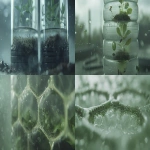

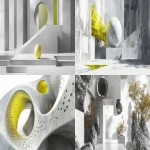
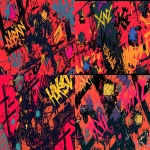

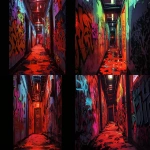
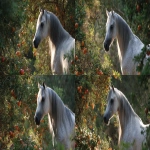
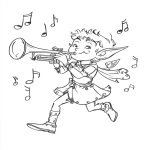
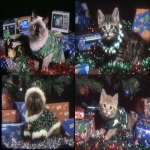
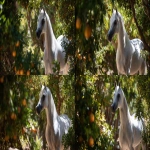


](https://images.ai-img.art/thumbnails/150/4dfe5499f7f4f9e5aa1613199c58710634f2cba5f57ac7e6717c1d56a9864e1a.webp)
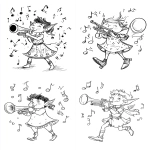

](https://images.ai-img.art/thumbnails/150/56d08b81b5991eca46f50c80b41db4e9ac06c775cbbf5138ea0734d93390316a.webp)
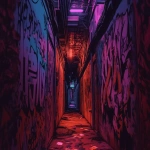
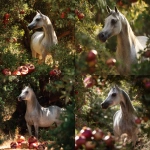
](https://images.ai-img.art/thumbnails/150/ed631f35091268316da1950d8f24949cf71c41220d75ddecc89232e1c28f3653.webp)
](https://images.ai-img.art/thumbnails/150/baf01e7f997f5bc030aa10831575d8b879a4a6755830df4bcd3dcc93346ef1dd.webp)
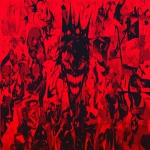
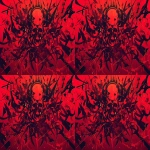
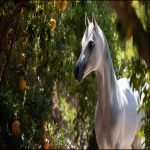

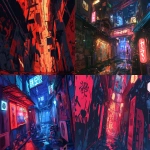
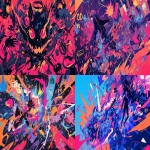
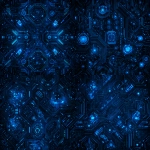




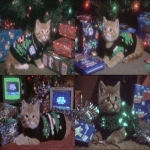

](https://images.ai-img.art/thumbnails/150/fd852e87169bf2f63982b31f7f16a8fa335d75d9536fd48c2b87c7d4b035fa7c.webp)
